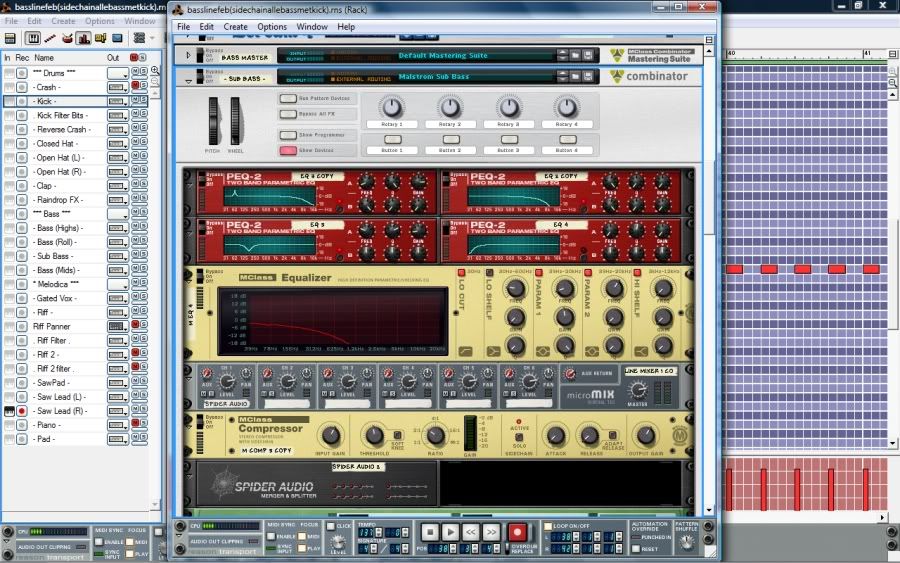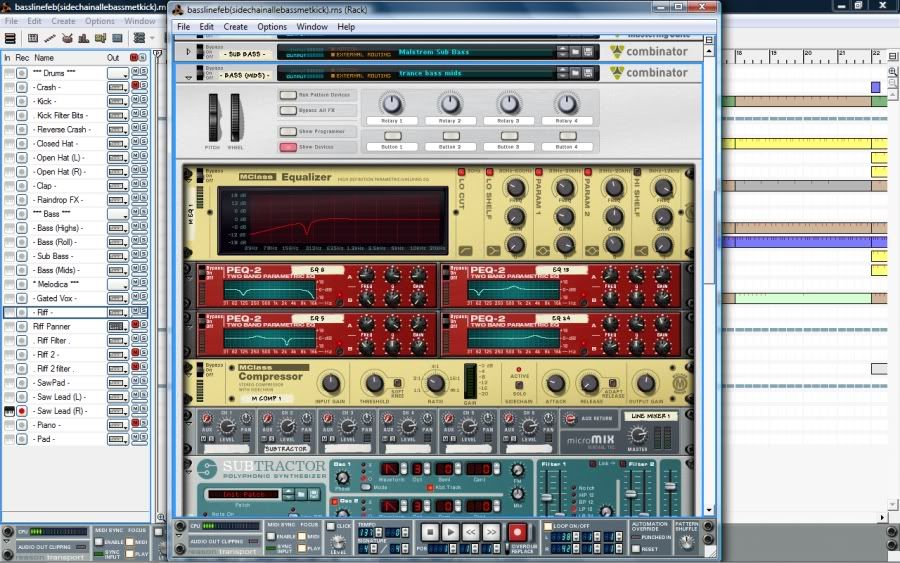I would just like to point out that ducking should be considered an aestethic choice rather than a way to get volume out of your mix.
Ducking belongs in the house dance trace techno whathaveyou realm, where it is used to give a really pumping feel. I would never duck the bass in my solo projects, but I would do it in house songs I produce because it gives a helluva pump despite listening to it at comfortable levels. 'Compression' and ducking is something that happens naturally in our ears. If something is really loud, you won't hear something that's loud but not as loud. This means that if I'm blasting a kick drum in your face at 110 dB and having a bass at a steady 100, it'll sound like it ducks everytime the kick hits because of the way our ear works.
Do I want to stand in 110 dB loudness to feel that? No, which is why I duck stuff in house music.
Is my solo music meant to be blasted at full volume with thousands of people just dancing around to it, feeling the pump? No, it's an organic music that would of course sound great loud, but it's just not made with that in mind. Thus an aestethic choice.
So about the snare drum. If you're making something where you want your snare to give pump to your song, screw head-room and duck it. If you're making something more.. organic.. like rock or mellow electronic stuff, head-room is the desired listening experience, but you can still compress it subtly and give more punch to the mix while the snare is able to shine through, albeit not ducking the rest of the stuff.
But compressing is an art hard to master - so while I'd recommend your final mix to not have head-room for a snare, but instead be compressed in a good manner (not overcompressed and ruining the aestethics of the mix), while making the song, head-room is definitely a good choice.
Ducking belongs in the house dance trace techno whathaveyou realm, where it is used to give a really pumping feel. I would never duck the bass in my solo projects, but I would do it in house songs I produce because it gives a helluva pump despite listening to it at comfortable levels. 'Compression' and ducking is something that happens naturally in our ears. If something is really loud, you won't hear something that's loud but not as loud. This means that if I'm blasting a kick drum in your face at 110 dB and having a bass at a steady 100, it'll sound like it ducks everytime the kick hits because of the way our ear works.
Do I want to stand in 110 dB loudness to feel that? No, which is why I duck stuff in house music.
Is my solo music meant to be blasted at full volume with thousands of people just dancing around to it, feeling the pump? No, it's an organic music that would of course sound great loud, but it's just not made with that in mind. Thus an aestethic choice.
So about the snare drum. If you're making something where you want your snare to give pump to your song, screw head-room and duck it. If you're making something more.. organic.. like rock or mellow electronic stuff, head-room is the desired listening experience, but you can still compress it subtly and give more punch to the mix while the snare is able to shine through, albeit not ducking the rest of the stuff.
But compressing is an art hard to master - so while I'd recommend your final mix to not have head-room for a snare, but instead be compressed in a good manner (not overcompressed and ruining the aestethics of the mix), while making the song, head-room is definitely a good choice.











